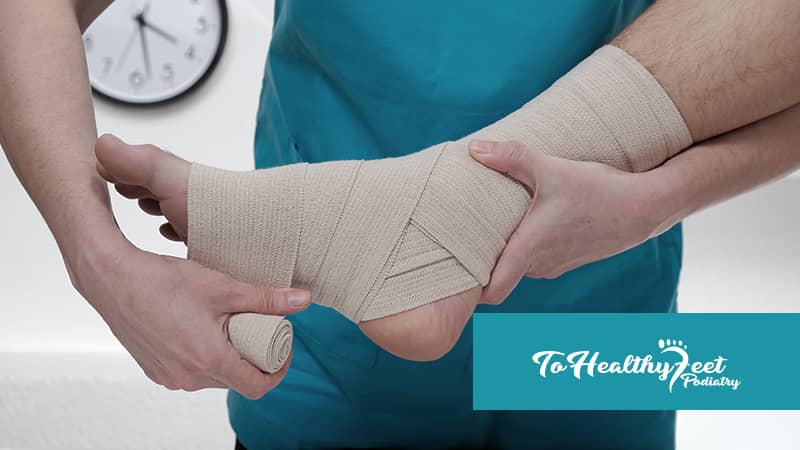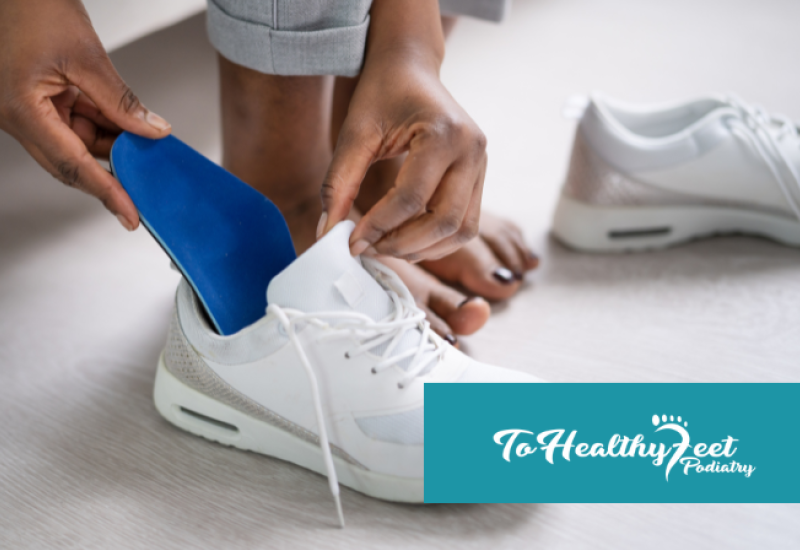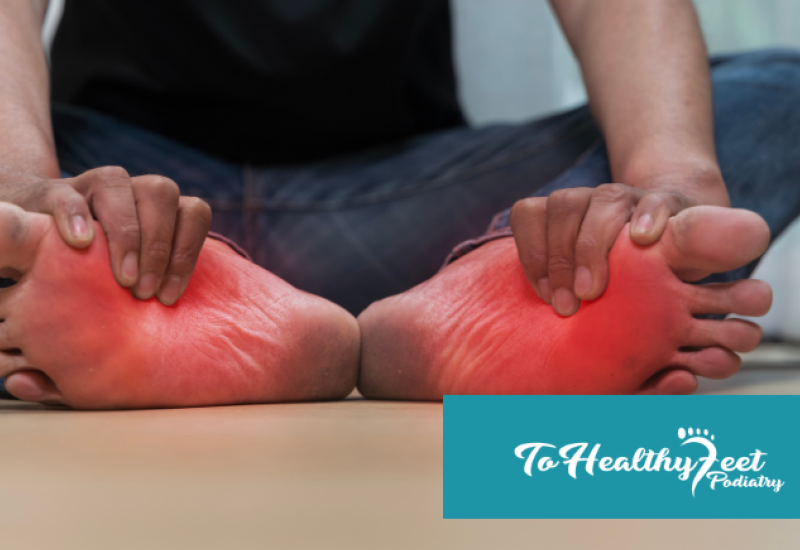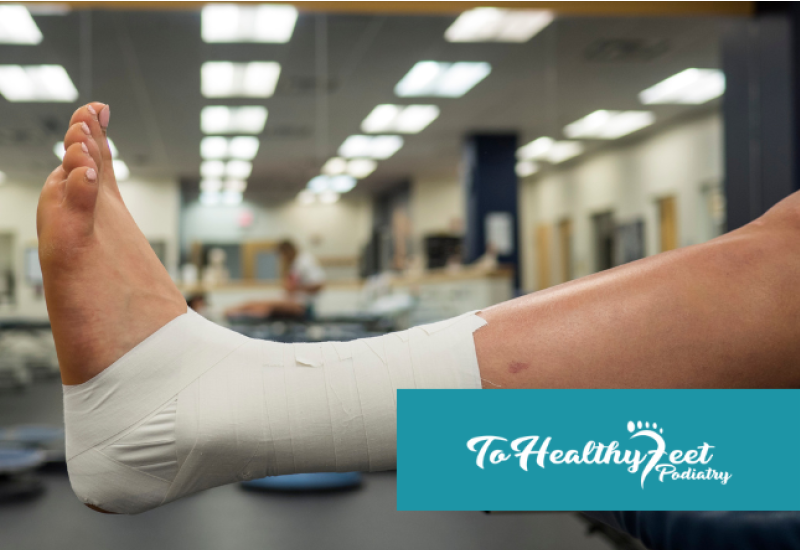Morton's Neuroma And Cryosurgery
What Are The Symptoms Of Morton’s Neuroma?
The main symptom of Morton’s neuroma is pain. This can manifest as a burning sensation in the ball of your foot that comes and goes. Some patients experience this pain radiating into their toes. A Morton’s neuroma can also feel as though you are standing on a small stone. Some patients also have tingling or numbness in their toes.
What Causes Morton’s Neuroma?
Morton’s neuroma appears to occur in response to nerve pressure, irritation, or injury. The exact cause of Morton’s neuroma is unknown, but there are several factors that seem to be associated with the development of a neuroma.
- Choice Of Footwear: High heels put extra pressure on the balls of the feet and irritate nerves. Tight-fitting, pointed-toe, and narrow shoes can squeeze toes together and limit their movement also irritating the nerves in your foot.
- Repetitive Motion: Activities like sports that require repeated movements and put pressure on the ball of the foot increase the risk of Morton’s neuroma.
- Injury: Certain injuries to the foot can result in Morton’s neuroma.
- Foot Abnormalities And Gait: People who have high arches, flat feet, hammertoes, or bunions have higher reported instances of Morton’s neuroma.
- Gender: Women are 8-10 times more likely to develop Morton’s neuroma.
What Is Cryosurgery?
Cryosurgery, or cryoneuroablation, involves treating the neuroma with several pulses of cryoablation. A thin probe is inserted into the foot and what is essentially a small ice ball attaches to the neuroma. The temperature range of cryoablation is between -50 and -70 degrees Celsius and this works to destroy nerve cells and the myelin sheath that covers the nerve.
What Are The Benefits Of Cryosurgery for Treating Morton’s Neuroma?
There are many benefits to choosing cryosurgery over traditional surgical excision. These include:
- Less Invasive: Because cryoneuroablation only requires a small incision (2-3 mm) there is less scarring and a lower risk of post-surgical infection.
- Decreased Risk Of Stump Neuroma: Stump neuroma is a serious complication of neuroma surgery. It occurs when a nerve that has been cut attempts to grow back and attaches to other tissues such as scar tissue or forms a bundle of new nerve growth at the cut end causing pain and hypersensitivity. Cryoablation does not result in a cut nerve and in fact, is often used to treat a stump neuroma.
- Better Outcomes: Because the cryoablation does not completely destroy or remove the nerve, some parts of the nerve tissue remain and nerve regeneration is possible. This means that there is lowered risk of permanent numbness after cryosurgery.
- Fast Treatment: A typical cryoablation for Morton’s neuroma is about 25-30 minutes and the total freeze time is only about 9-12 minutes. Patients may opt for sedation anesthesia if desired.
- Quick Recovery: Patients can walk immediately after treatment, will usually be pain free in 3-5 days, and can resume normal activity in 5-7 days. Recovery after surgical nerve excision is approximately 6 weeks and often requires the use of a surgical boot.
Cryosurgery for Morton’s Neuroma In Manhattan With Expert NYC Podiatrists
Do not endure the pain and loss of mobility due to Morton’s neuroma for fear of invasive surgical excision, lengthy recovery times, and greater post-surgical risks. Cryoablation can destroy your neuroma and relieve your pain with minimal downtown and reduced surgical risks. If you are suffering with a painful Morton’s neuroma or are experiencing undiagnosed foot pain, numbness, and tingling contact the team of expert NYC podiatrists at To Healthy Feet today.
Our expert team of NYC foot doctors can expertly assess your pain and other symptoms and recommend the most ideal course of treatment to get you up on your feet again. We provide accurate diagnosis and comprehensive foot and ankle care and have the tools necessary to provide a variety of tailored treatment approaches at each of our Manhattan Podiatry Clinics. If you are experiencing bunion pain or suffering due to any other foot or ankle condition pain, call To Healthy Feet Podiatry at 1-917-398-3668 or fill out the contact form to book your appointment at our Upper East Side, Times Square, Midtown Grand Central, or Downtown Wall Street locations today.
FAQ
Q: Will the neuroma come back after surgery?
A: No, the neuroma will be destroyed, however it is possible for new nerves to form and become irritated.
Q: How long until I can exercise after cryosurgery for Morton’s Neuroma?
A: Most people are back to exercise one week after cryoablation.
Q: Can cryoneuroablation work on a stump neuroma?
A: Stump neuromas are very difficult to treat, although we have successful cases where a previously excised neuroma became a stump neuroma and was successfully treated with cryosurgery.




